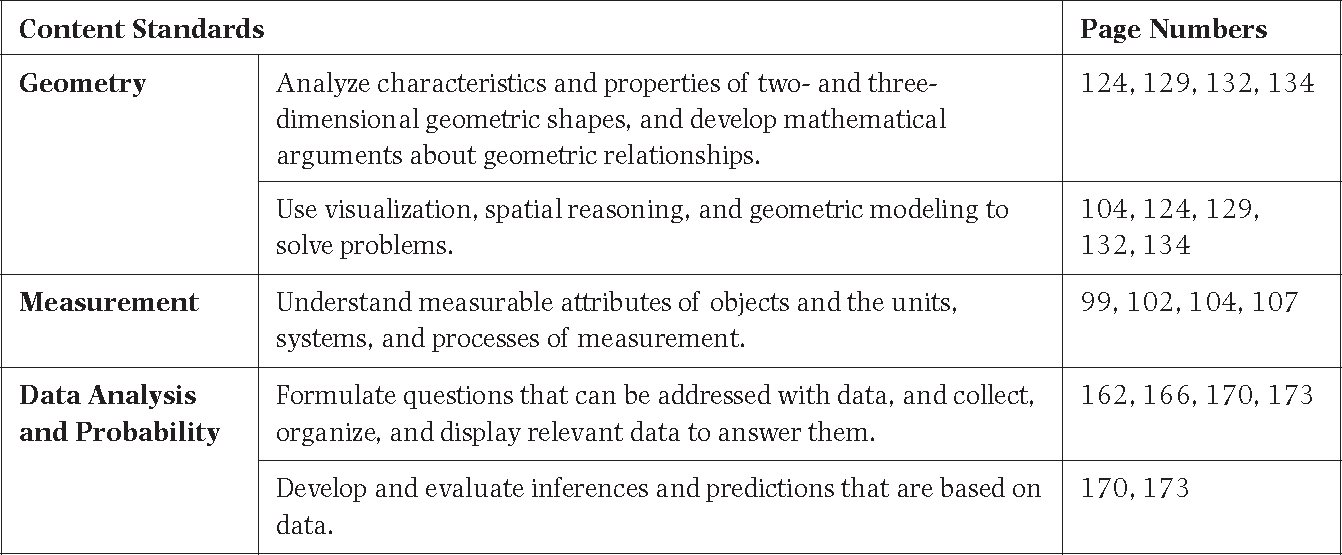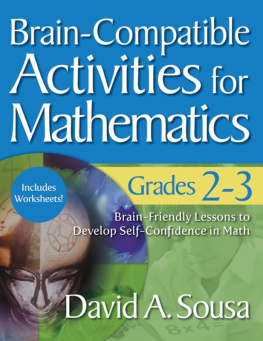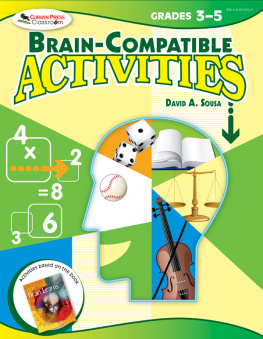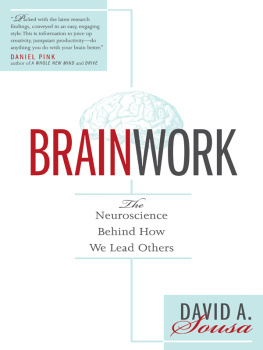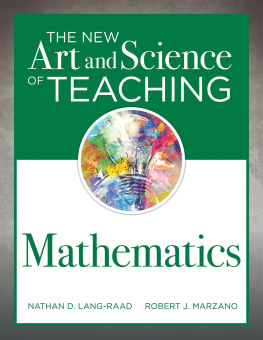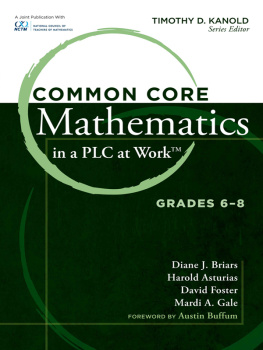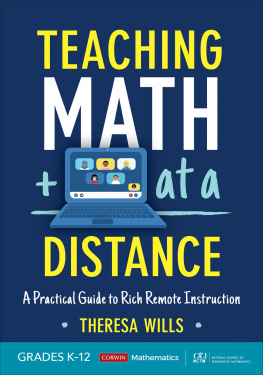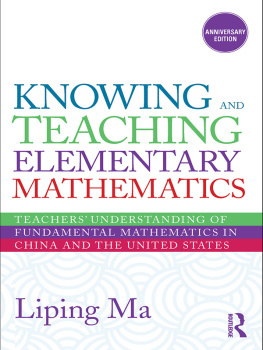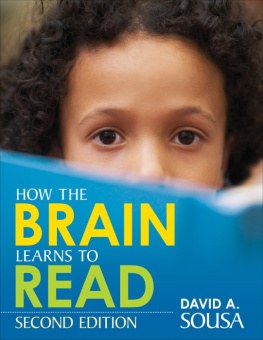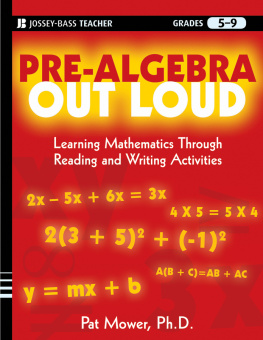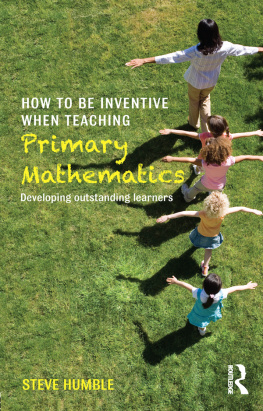
Copyright 2010 by Corwin Press.
First Skyhorse Publishing edition 2017
All rights reserved. No part of this book may be reproduced in any manner without the express written consent of the publisher, except in the case of brief excerpts in critical reviews or articles. All inquiries should be addressed to Skyhorse Publishing, 307 West 36th Street, 11th Floor, New York, NY 10018.
Skyhorse Publishing books may be purchased in bulk at special discounts for sales promotion, corporate gifts, fund-raising, or educational purposes. Special editions can also be created to specifications. For details, contact the Special Sales Department, Sky Pony Press, 307 West 36th Street, 11th Floor, New York, NY 10018 or .
Skyhorse and Skyhorse Publishing are registered trademark of Skyhorse Publishing, Inc., a Delaware corporation.
Visit our website at www.skyhorsepublishing.com.
10 9 8 7 6 5 4 3 2 1
Library of Congress Cataloging-in-Publication Data is available on file.
Cover design by Karine Hovsepian
Print ISBN: 978-1-63450-732-5
Ebook ISBN: 978-1-63450-733-2
Printed in the United States of America
Contents
Introduction
B rain-compatible math activities are fun and exciting! These activities are often hands-on and involve partners, group work, and class movement, which many students enjoy. Students frequently say that mathematics is difficult for them. Therefore, as an educator, it is your job to choose materials that are likely to be effective in light of current research on how the brain learns mathematics. This book is filled with activities that are centered on brain research and that are structured to maximize the brains learning potential.
The activities in this book are designed using a brain-compatible lesson plan format. There are nine components of the plan, but not all nine are necessary for every lesson. Those components that are most relevant to the learning objective should be emphasized:
anticipatory set,
learning objective,
purpose,
input,
modeling,
checking for understanding,
guided practice,
closure, and
independent practice.
Each of the components is described in detail in the book titled How the Brain Learns Mathematics . Refer to this book for more brain-compatible math research and other teaching strategies. When using the activities in this book, read through the activity first. Then begin preparations for the lesson. It is best to follow the lesson plan format to ensure maximum learning potential. However, meeting the needs of each student in your classroom is always first and foremost. Be flexible to ensure that all students are learning. Last, have fun! These activities may force you to step out of your comfort zone. Embrace the change, and watch your students brains at work.
PUT IT INTO PRACTICE
How the brain learns is a fascinating and complex process. Advancements in research and technology are helping us understand specifically how the brain learns math and deals with numbers and mathematical relationships. These remarkable findings are improving teaching and learning dramatically. An educators understanding and application of instructional approaches that are compatible with what cognitive studies tell us will only aid in his or her classroom success.
Some of the recent research discoveries about the brain can and should affect teaching and learning. For example, research tells us that
creating and using conceptual subitizing patterns help young students develop the abstract number and arithmetic strategies they will need to master counting;
just as phonemic awareness is a prerequisite to learning phonics and becoming a successful reader, developing number sense is a prerequisite for succeeding in mathematics;
information is most likely to be stored if it makes sense and has meaning;
too often, mathematics instruction focuses on skills, knowledge, and performance but spends little time on reasoning and deep understanding; and
mathematics can be defined simply as the science of patterns.
A much fuller explanation of these discoveries and their implications for school and the classroom can be found in my book How the Brain Learns Mathematics , published by Corwin. This book is designed as a classroom resource to accompany that text. The activities in this book translate the research and strategies for brain-compatible math teaching and learning into practical, successful classroom activities. Some general guidelines provide the framework for these activities:
Writing is an important component in learning mathematics.
Studies show that more students are motivated and succeed in classes where teachers use activities that address the various intelligences.
The use of concrete models for representation of concepts and to help create meaning is beneficial.
Connecting concepts to the real world creates purpose and meaning. This allows math to seem less abstract.
Using graphic organizers helps students organize their thinking.
Solving problems in different ways is beneficial to students.
The activities in this book also are supported by research-based rationale for using particular instructional strategies. These strategies include cooperative learning groups, differentiated instruction, discussion, reflection, movement, manipulatives, visualization, and many others, all of which can increase student motivation and retention of learned concepts.
Scientists continue to explore the inner workings of the brain and will likely continue to discover more and more about learning mathematics. Teachers are challenged to stay current on these new findings, to ensure students are using their brains to the fullest capacity. As we learn more about how the brain learns mathematics, we can develop activities like those seen in this book, which will
aid in teachers presenting meaningful instruction to students in the classroom,
ensure that students are staying focused on and remembering more of what teachers have presented, and
make teaching and learning more effective and enjoyable experiences.
Teachers should always continue to help students recognize that the learning of mathematics will not only be helpful in their future but will also allow them to understand and appreciate the wonders of the world each day.
Links to Focal Points and Standards
CONNECTIONS TO FOCAL POINTS
This chart shows the National Council of Teachers of Mathematics focal points covered in each chapter.
Grade 2
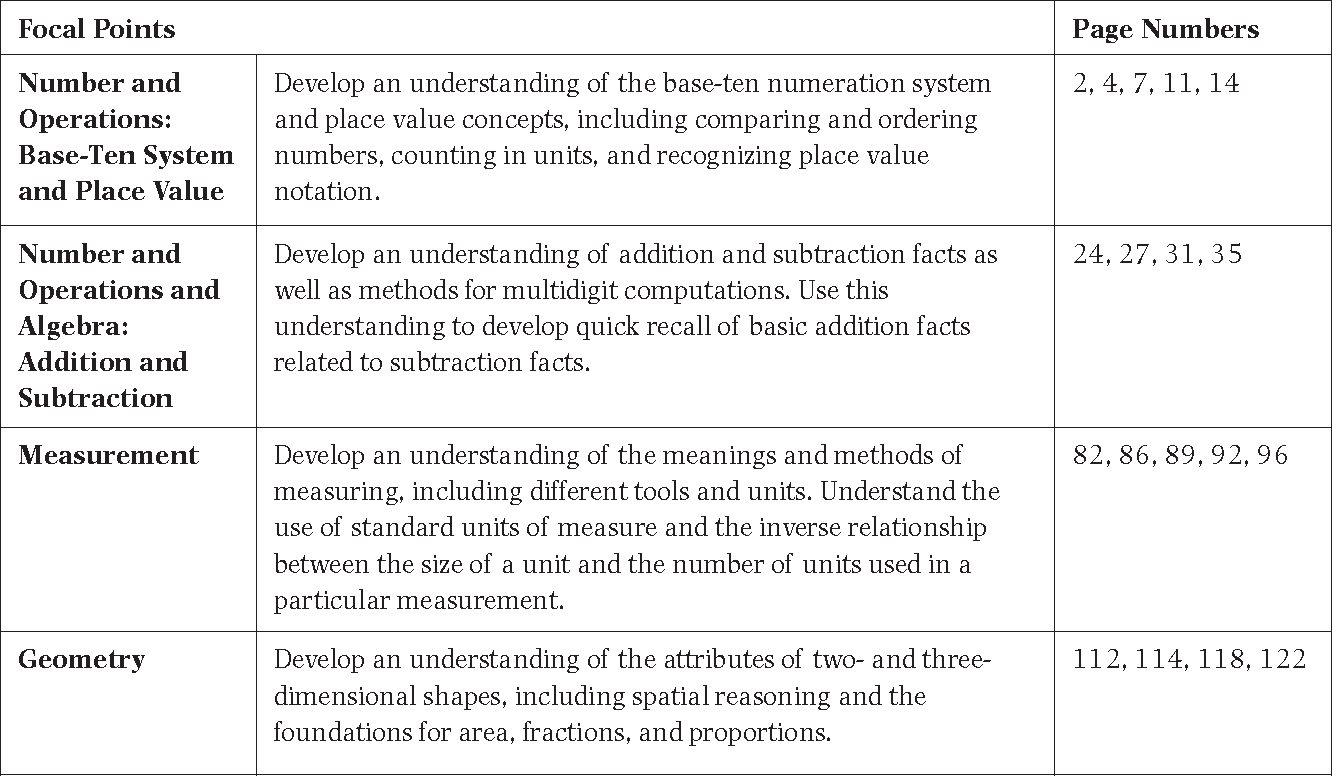
Grade 3
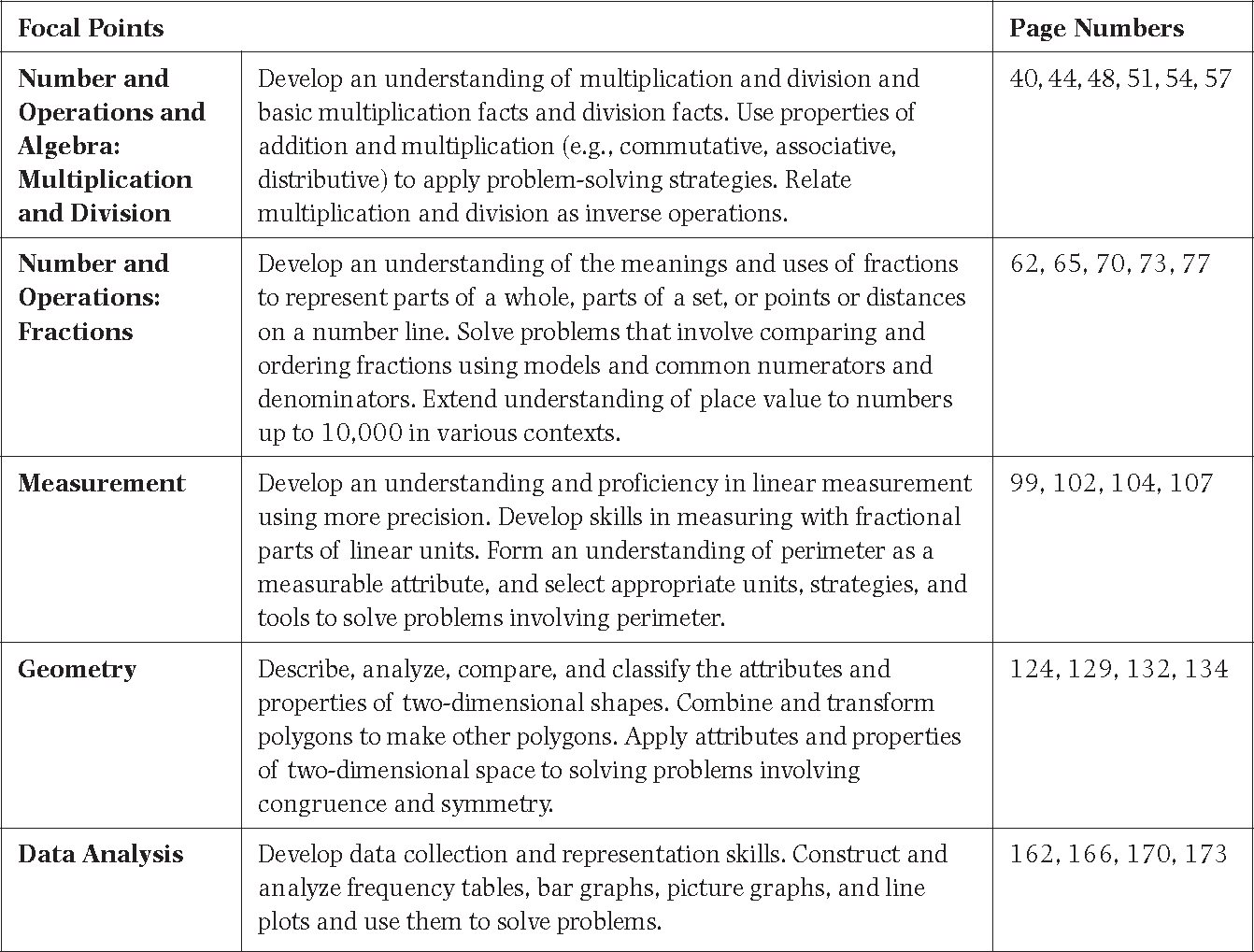
CONNECTIONS TO STANDARDS
This chart shows the National Council of Teachers of Mathematics standards covered in each chapter.
Grade 2
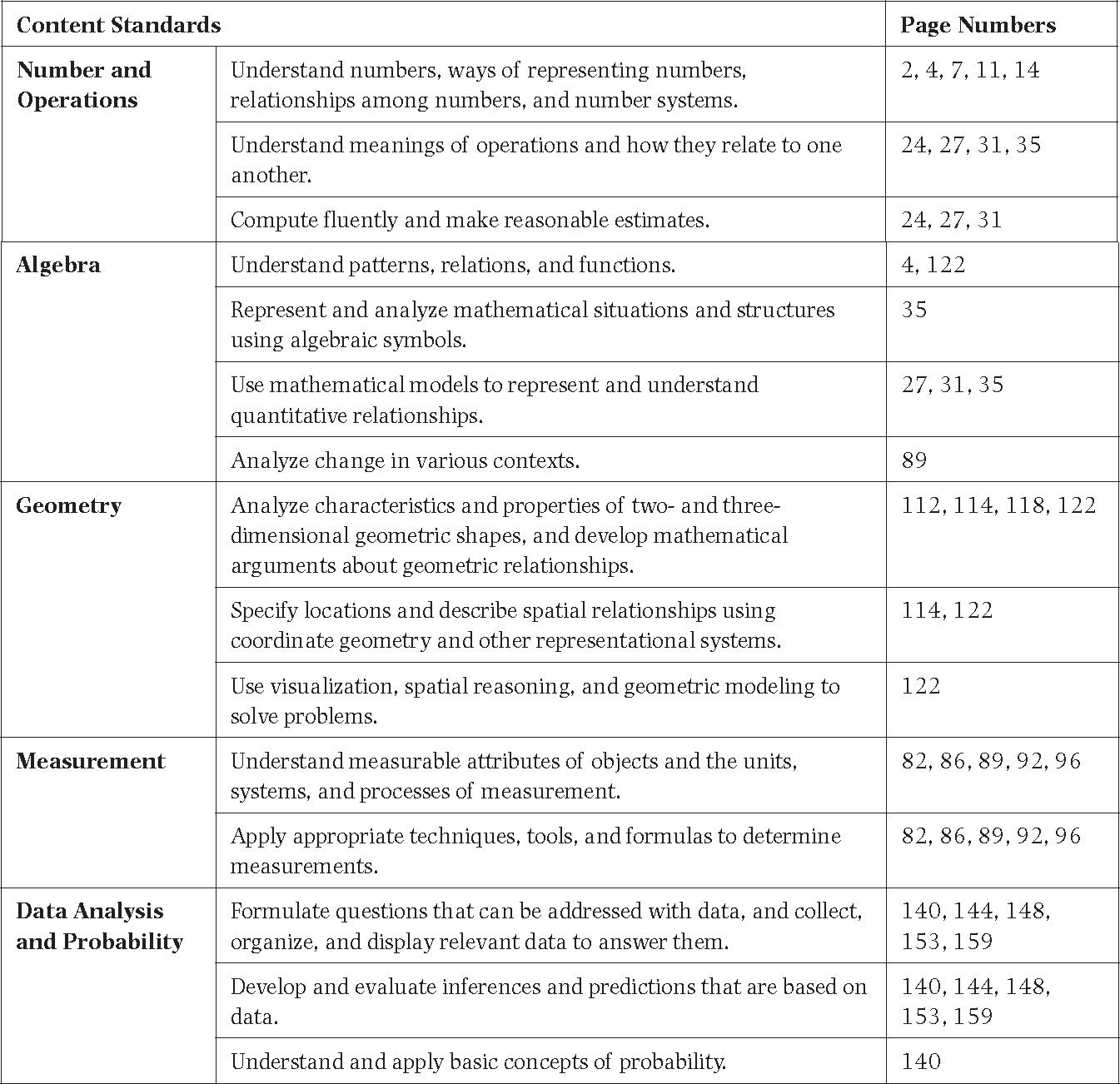
Grade 3

